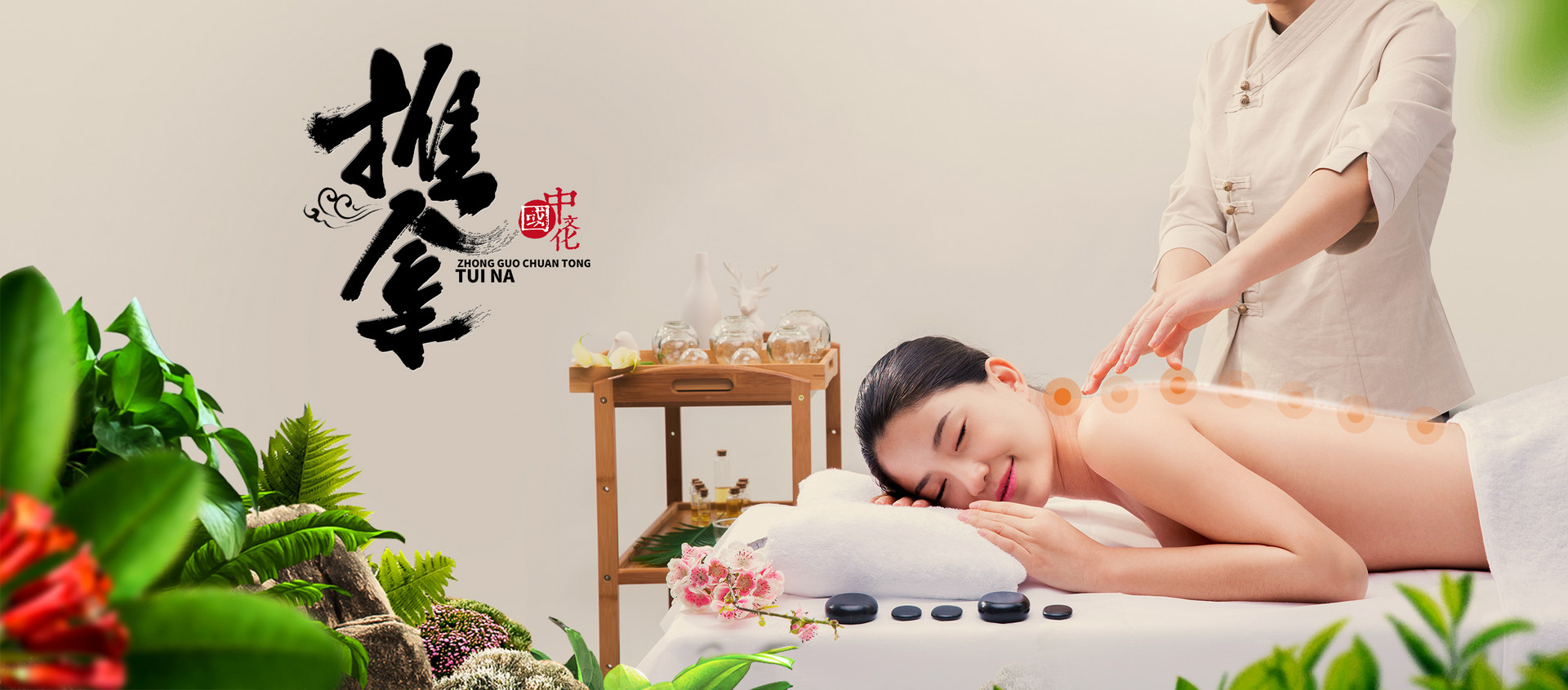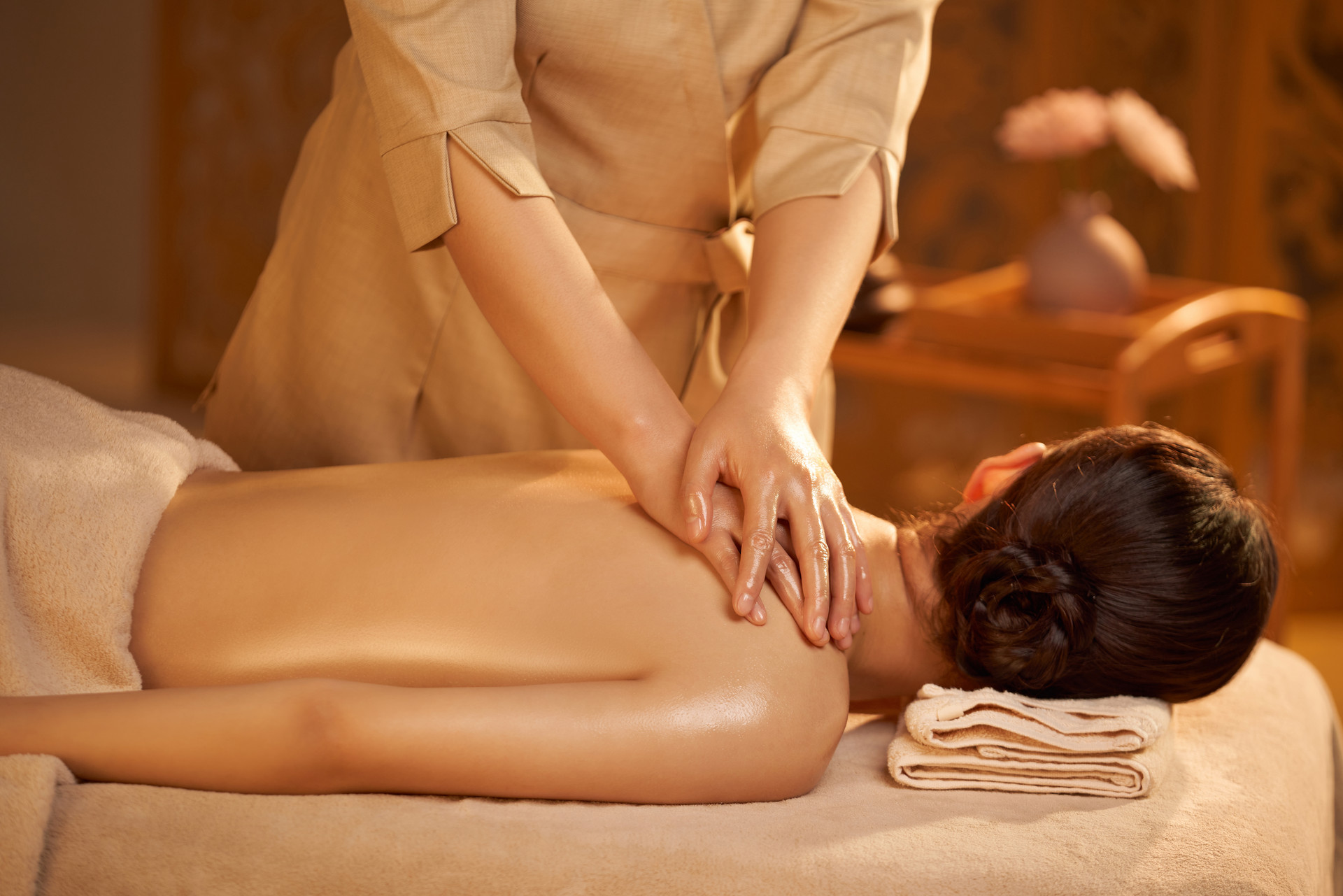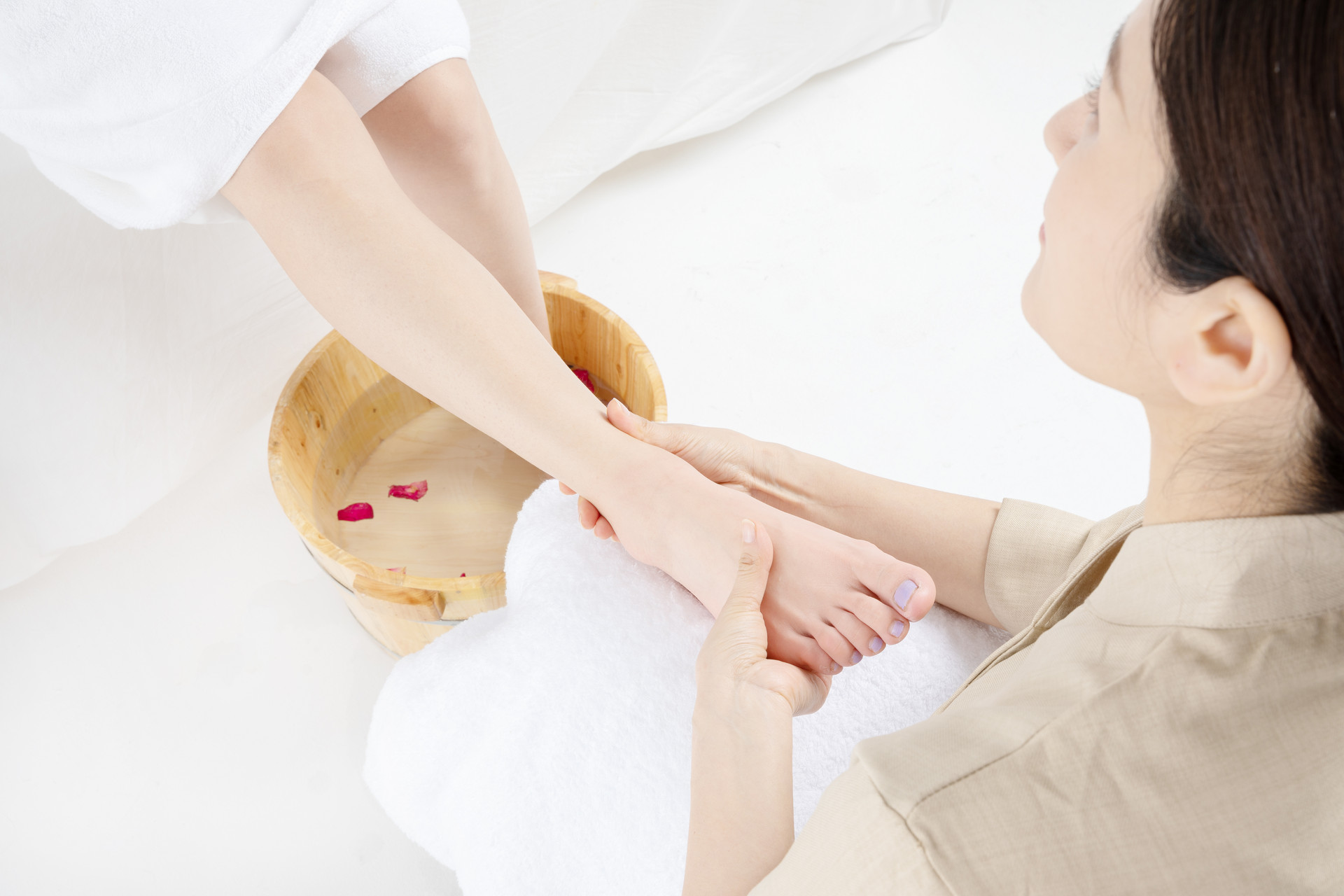Correctly massaging the Lígōu acupoint has benefits for our health. By massaging the Lígōu acupoint daily, we can relieve and treat urinary retention, bedwetting, menstrual irregularities, and even vaginal itching. But how can we find the location of the Lígōu acupoint?
[Massaging the Lígōu Acupoint]
Many people may not be familiar with the massaging techniques for the Lígōu acupoint. In fact, there are specific methods for massaging this acupoint. We need to learn these techniques in order to effectively massage the Lígōu acupoint.
Choose a comfortable position (sitting or lying down) and use the pads of both thumbs to press and knead the Lígōu acupoint on both sides. This should produce a local sensation of soreness, fullness, and pain. Then, flex and extend the ankle joint to enhance the sensation of pressure, and follow it up with a kneading motion to relax the area.
Massage for 5-10 minutes each time. In the acute stage, perform this massage 2-3 times a day. In the chronic stage, perform it daily or every other day.
[Finding the Location of the Lígōu Acupoint]
1. Standard Location
The Lígōu acupoint is located on the inner side of the lower leg, 5 cun above the tip of the medial malleolus, in the center of the medial aspect of the tibia.
2. Locating the Acupoint
Sit or lie down and draw a horizontal line on the medial aspect of the tibia, 5 cun above the tip of the medial malleolus. The acupoint is located at the intersection of this line and the posterior 1/3 of the medial aspect of the tibia.
Sit or lie down and draw a horizontal line on the medial aspect of the tibia, dividing it into upper 2/3 and lower 1/3. The acupoint is located at the intersection of this line and the center of the medial aspect of the tibia.
Quick location method: In a sitting position, measure 7 cun above the tip of the medial malleolus vertically. The Lígōu acupoint is at the depression on the medial aspect of the tibia.
3. Anatomy of the Acupoint
Below the Lígōu acupoint are the skin, subcutaneous tissue, and the triceps surae muscle (soleus muscle) of the lower leg. The skin is innervated by the cutaneous nerve. The subcutaneous tissue is loose and contains superficial veins, cutaneous nerves, and superficial lymphatic vessels.
The great saphenous vein and the sural nerve run together and originate from the medial side of the dorsal venous network of the foot, ascending to the medial aspect of the lower leg.
The superficial lymphatic vessels of the lower limb start from the toes and converge to form a lymphatic network on the dorsum and sole of the foot. Most of the superficial lymphatic vessels join the great saphenous vein and its tributaries, eventually draining into the superficial inguinal lymph nodes.
Only a small portion of the superficial lymphatic vessels join the lesser saphenous vein and drain into the popliteal lymph nodes. When needling, the needle can penetrate the skin, subcutaneous fascia, and deep fascia of the lower leg, eventually reaching the periosteum of the unprotected tibia.
Alternatively, the needle can penetrate the medial aspect of the tibia and reach the soleus muscle in the triceps surae of the lower leg. This muscle is innervated by the tibial nerve.











